Continued from last week, this week we count down from 5 to 1.
5. Tooth-billed Pigeon
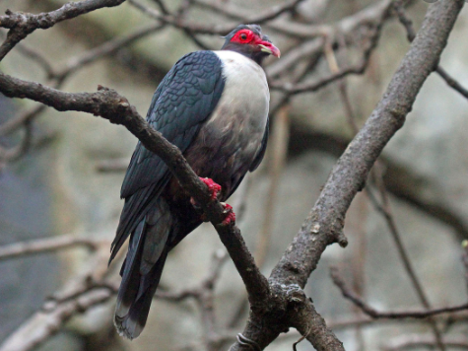
A relative of the extinct dodo, tooth-billed pigeons are disappearing at an alarming rate. They only live in Samoa and are currently fewer than 400 left in the wild, with no captive populations to help conservation efforts. They are elusive birds, very rarely seen. Even though illegal today, hunting has played a huge part in their decline, along with the main threat being habitat loss due to agriculture, or natural causes likes cyclones or trees.
4. Gharial
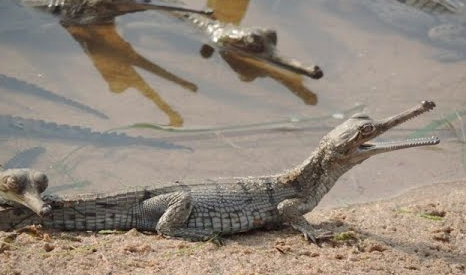
Gharials are fish-eating crocodiles from India. They have long thin snouts with a large bump on the end which resembles a pot known as a Ghara, which is where they get their name. They spend most of their time in freshwater rivers, only leaving the water to bask in the sun and lay eggs. There are only around 200 left in the wild. Their decline is due to several issues, though all human-made. Habitat loss, pollution and entanglement in fishing nets pose as some of the biggest threats.
3. Kakapo
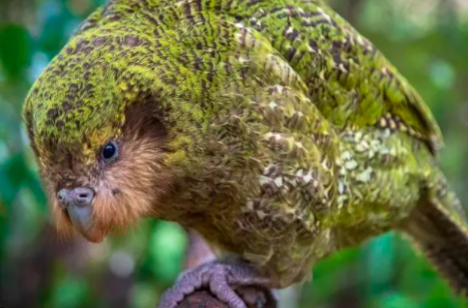
The kakapo, also called owl parrot, is a species of large, flightless, nocturnal, ground-dwelling parrot. The total known adult Kakapo population is 209, all of which are named and tagged, confined to four small islands off the coast of New Zealand that have been cleared of predators. A kakapo’s natural reaction is to freeze and blend in with the background when threatened. It is effective against predators that rely on sight to hunt but not smell.
2. Amur Leopard
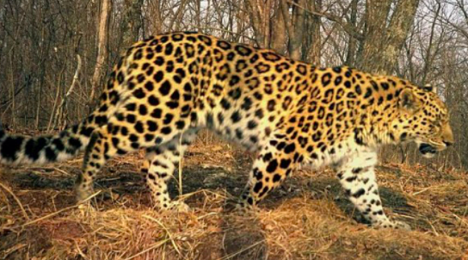
Amur leopards are one of the world’s most endangered big cats. They are on the IUCN Red List of Threatened Species. In 2015, there were only around 90 Amur leopards left within their natural range. That number is now estimated to be less than 70. Like all species on the endangered list, humans are their biggest threat. Their beautiful coats are popular with poachers as are their bones which are sold for use in traditional Asian medicine. They are also at risk from habitat loss due to natural and human-made fires.
1. Vaquita
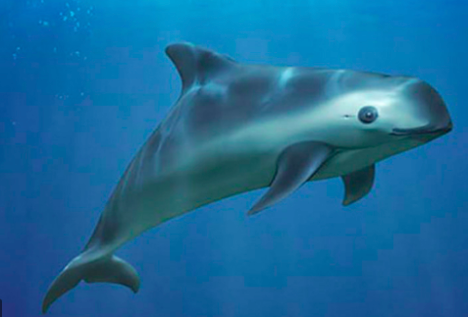
The vaquita is both the smallest and the most endangered marine mammal in the world. It has been classified as Critically Endangered by the IUCN since 1996, and in 2018, there were only around 15 vaquitas left. The latest estimate, from July 2019, suggests there are currently only 9. Their biggest threat is from the illegal fishing of totoaba, a large fish in demand because of its swim bladder. Vaquitas accidentally end up entangled in the gillnets set for totoaba and drown because they can no longer swim to the surface to breathe.
In this two-part series, read on to learn some interesting facts about the 10 most endangered animals in the world and how we, as a race, should be more cognizant of the plight of these beautiful creatures.
10. Gorillas
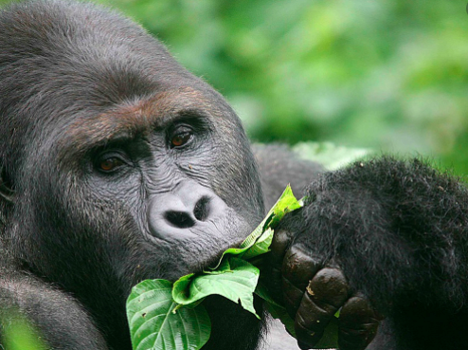
Gorillas share close to 97% of their DNA with humans! They are capable of feeling emotions and even behave like us sometimes – did you know they can laugh? There are two species, the Eastern Gorilla and the Western Gorilla, and they both have two subspecies. Three out of four are Critically Endangered on the International Union for Conservation of Nature (IUCN) Red List of Threatened Species. The only one that isn’t is the Mountain Gorilla, a subspecies of the Eastern Gorilla.
9. Rhinos
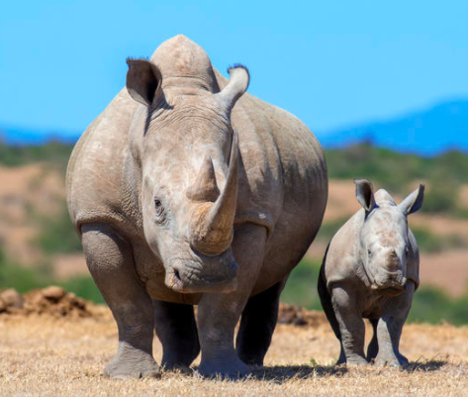
Rhinoceros comes from two Greek words Rhino and Ceros, which when translated into English mean nose horn. Human beings are almost entirely responsible for this beautiful creature nearing extinction. Poaching for their distinctive horns is their biggest threat. Three of the five species of rhinoceros are among the most endangered species in the world: the black rhino, Javan rhino and the Sumatran rhino. The Javan rhino is the closest to extinction with only about 50 left, of which most are in the Ujung Kulon National Park in Indonesia.
8. Sea Turtles
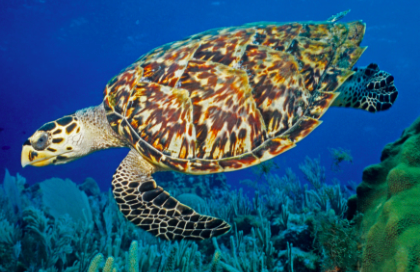
Hawksbill Turtles and Kemps Ridley Turtles are on the IUCN Red List of Threatened Species. Hunting is one of the biggest threats to sea turtles, with poachers targeting their eggs, shells, meat and skin. They are also at risk from habitat loss and pollution as well as climate change. Sand temperature determines the sex of hatchlings with eggs developing as females in warmer temperatures. That means even small temperature changes could skew the sex ratio of populations.
7. Saola
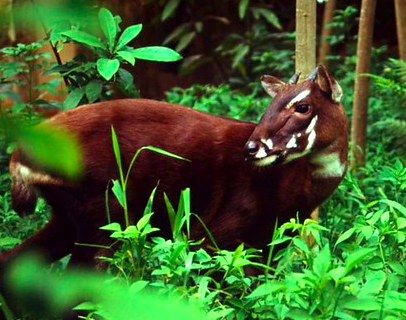
The Saola is one of the rarest large mammals on Earth. It was first discovered in 1992 in the Annamite Range in Vietnam. The Saola is elusive and so rarely seen it’s known as the Asian unicorn.
6. North Atlantic Right Whale
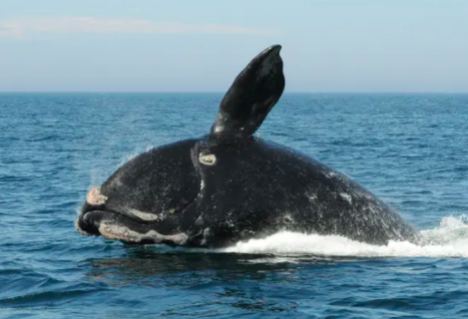
They are gentle giants that stay close to coasts and spend a lot of time at the surface skim feeding on zooplankton, all of which makes them an easy target for hunting. They were almost wiped out by hunters for their blubber and are now one of the most endangered large whales. They are now protected, and hunting is illegal, but population recovery is slow. They are only about 400 left, out of which, only 100 are breeding females. Females don’t breed for the first ten years of their life and then will give birth to a single calf every six to ten years. Vessel traffic also creates noise that interferes with their ability to communicate. Whales use sound to find mates, locate food and avoid predators, as well as to navigate and talk to each other.
Stay tuned for the Top 5 World’s Most Endangered Animal Species in the second part of the blog series. Can you guess which animals will feature on the IUCN Critically Endangered List?
*All Images for this blog sourced from Google and WWF
In this two-part series, read on to learn some interesting facts about the 10 most endangered animals in the world and how we, as a race, should be more cognizant of the plight of these beautiful creatures.
10. Gorillas
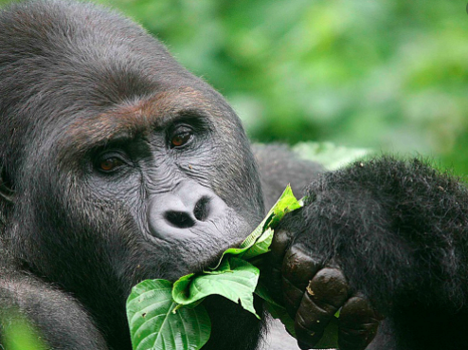
Gorillas share close to 97% of their DNA with humans! They are capable of feeling emotions and even behave like us sometimes – did you know they can laugh? There are two species, the Eastern Gorilla and the Western Gorilla, and they both have two subspecies. Three out of four are Critically Endangered on the International Union for Conservation of Nature (IUCN) Red List of Threatened Species. The only one that isn’t is the Mountain Gorilla, a subspecies of the Eastern Gorilla.
9. Rhinos
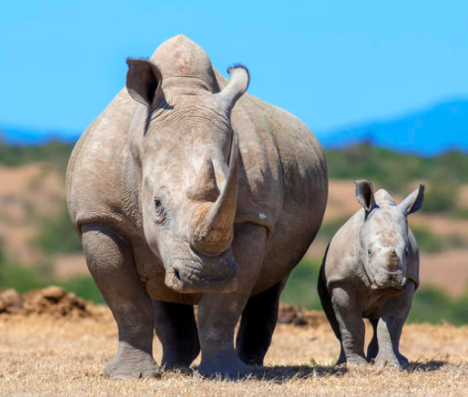
Rhinoceros comes from two Greek words Rhino and Ceros, which when translated into English mean nose horn. Human beings are almost entirely responsible for this beautiful creature nearing extinction. Poaching for their distinctive horns is their biggest threat. Three of the five species of rhinoceros are among the most endangered species in the world: the black rhino, Javan rhino and the Sumatran rhino. The Javan rhino is the closest to extinction with only about 50 left, of which most are in the Ujung Kulon National Park in Indonesia.
8. Sea Turtles
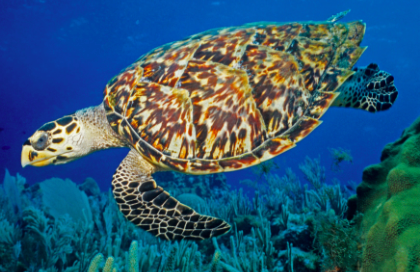
Hawksbill Turtles and Kemps Ridley Turtles are on the IUCN Red List of Threatened Species. Hunting is one of the biggest threats to sea turtles, with poachers targeting their eggs, shells, meat and skin. They are also at risk from habitat loss and pollution as well as climate change. Sand temperature determines the sex of hatchlings with eggs developing as females in warmer temperatures. That means even small temperature changes could skew the sex ratio of populations.
7. Saola
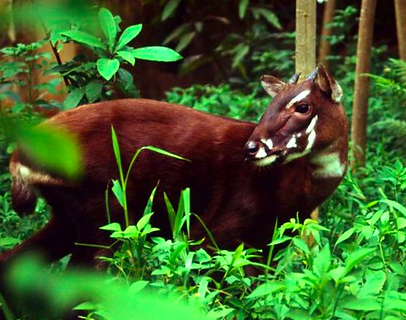
The Saola is one of the rarest large mammals on Earth. It was first discovered in 1992 in the Annamite Range in Vietnam. The Saola is elusive and so rarely seen it’s known as the Asian unicorn.
6. North Atlantic Right Whale
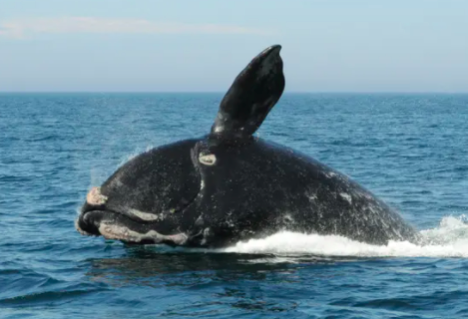
They are gentle giants that stay close to coasts and spend a lot of time at the surface skim feeding on zooplankton, all of which makes them an easy target for hunting. They were almost wiped out by hunters for their blubber and are now one of the most endangered large whales. They are now protected, and hunting is illegal, but population recovery is slow. They are only about 400 left, out of which, only 100 are breeding females. Females don’t breed for the first ten years of their life and then will give birth to a single calf every six to ten years. Vessel traffic also creates noise that interferes with their ability to communicate. Whales use sound to find mates, locate food and avoid predators, as well as to navigate and talk to each other.
Stay tuned for the Top 5 World’s Most Endangered Animal Species in the second part of the blog series. Can you guess which animals will feature on the IUCN Critically Endangered List?
*All images for this post sourced from Google and WWF
In this two-part series, read on to learn some interesting facts about the 10 most endangered animals in the world and how we, as a race, should be more cognizant of the plight of these beautiful creatures.
10. Gorillas
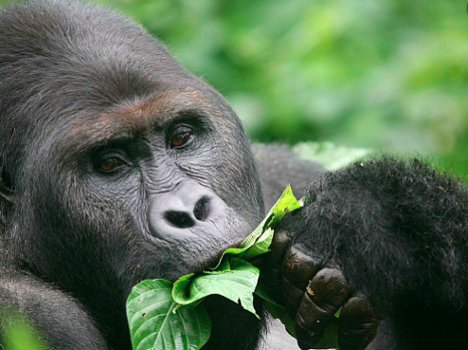
Gorillas share close to 97% of their DNA with humans! They are capable of feeling emotions and even behave like us sometimes – did you know they can laugh? There are two species, the Eastern Gorilla and the Western Gorilla, and they both have two subspecies. Three out of four are Critically Endangered on the International Union for Conservation of Nature (IUCN) Red List of Threatened Species. The only one that isn’t is the Mountain Gorilla, a subspecies of the Eastern Gorilla.
9. Rhinos
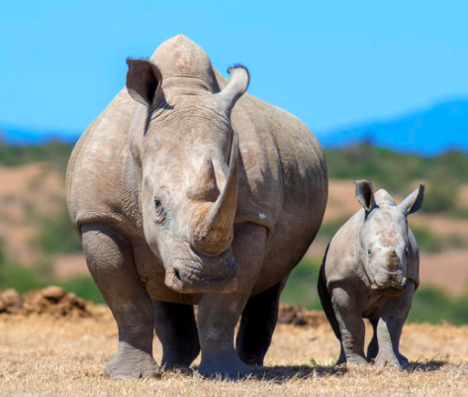
Rhinoceros comes from two Greek words Rhino and Ceros, which when translated into English mean nose horn. Human beings are almost entirely responsible for this beautiful creature nearing extinction. Poaching for their distinctive horns is their biggest threat. Three of the five species of rhinoceros are among the most endangered species in the world: the black rhino, Javan rhino and the Sumatran rhino. The Javan rhino is the closest to extinction with only about 50 left, of which most are in the Ujung Kulon National Park in Indonesia.
8. Sea Turtles
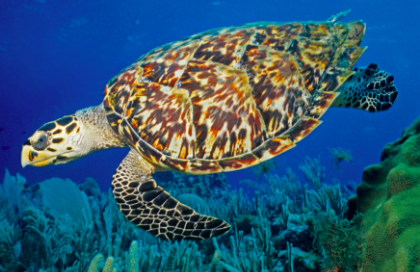
Hawksbill Turtles and Kemps Ridley Turtles are on the IUCN Red List of Threatened Species. Hunting is one of the biggest threats to sea turtles, with poachers targeting their eggs, shells, meat and skin. They are also at risk from habitat loss and pollution as well as climate change. Sand temperature determines the sex of hatchlings with eggs developing as females in warmer temperatures. That means even small temperature changes could skew the sex ratio of populations.
7. Saola
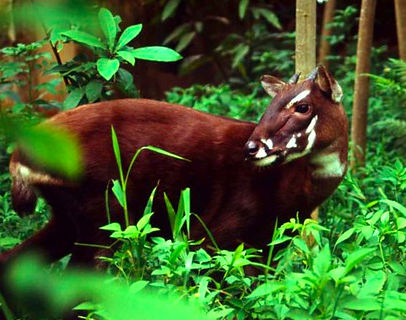
The Saola is one of the rarest large mammals on Earth. It was first discovered in 1992 in the Annamite Range in Vietnam. The Saola is elusive and so rarely seen it’s known as the Asian unicorn.
6. North Atlantic Right Whale
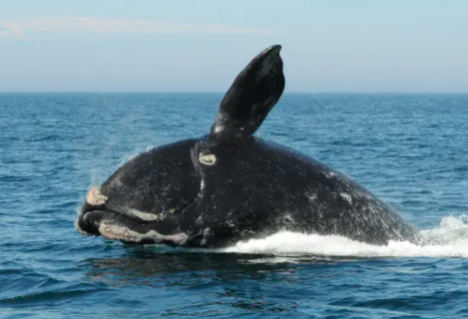
They are gentle giants that stay close to coasts and spend a lot of time at the surface skim feeding on zooplankton, all of which makes them an easy target for hunting. They were almost wiped out by hunters for their blubber and are now one of the most endangered large whales. They are now protected, and hunting is illegal, but population recovery is slow. They are only about 400 left, out of which, only 100 are breeding females. Females don’t breed for the first ten years of their life and then will give birth to a single calf every six to ten years. Vessel traffic also creates noise that interferes with their ability to communicate. Whales use sound to find mates, locate food and avoid predators, as well as to navigate and talk to each other.
Stay tuned for the Top 5 World’s Most Endangered Animal Species in the second part of the blog series. Can you guess which animals feature on the IUCN Critically Endangered List?